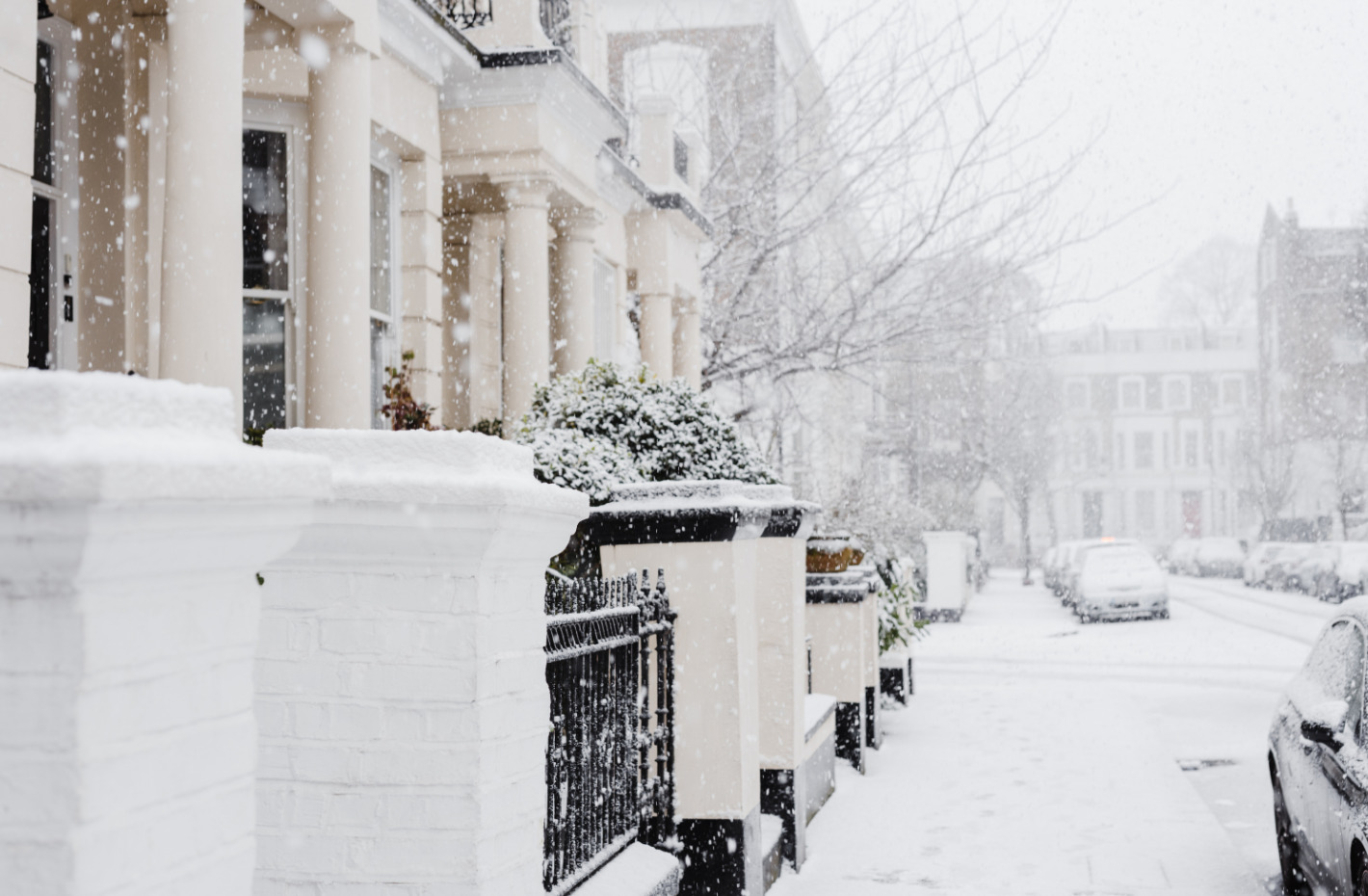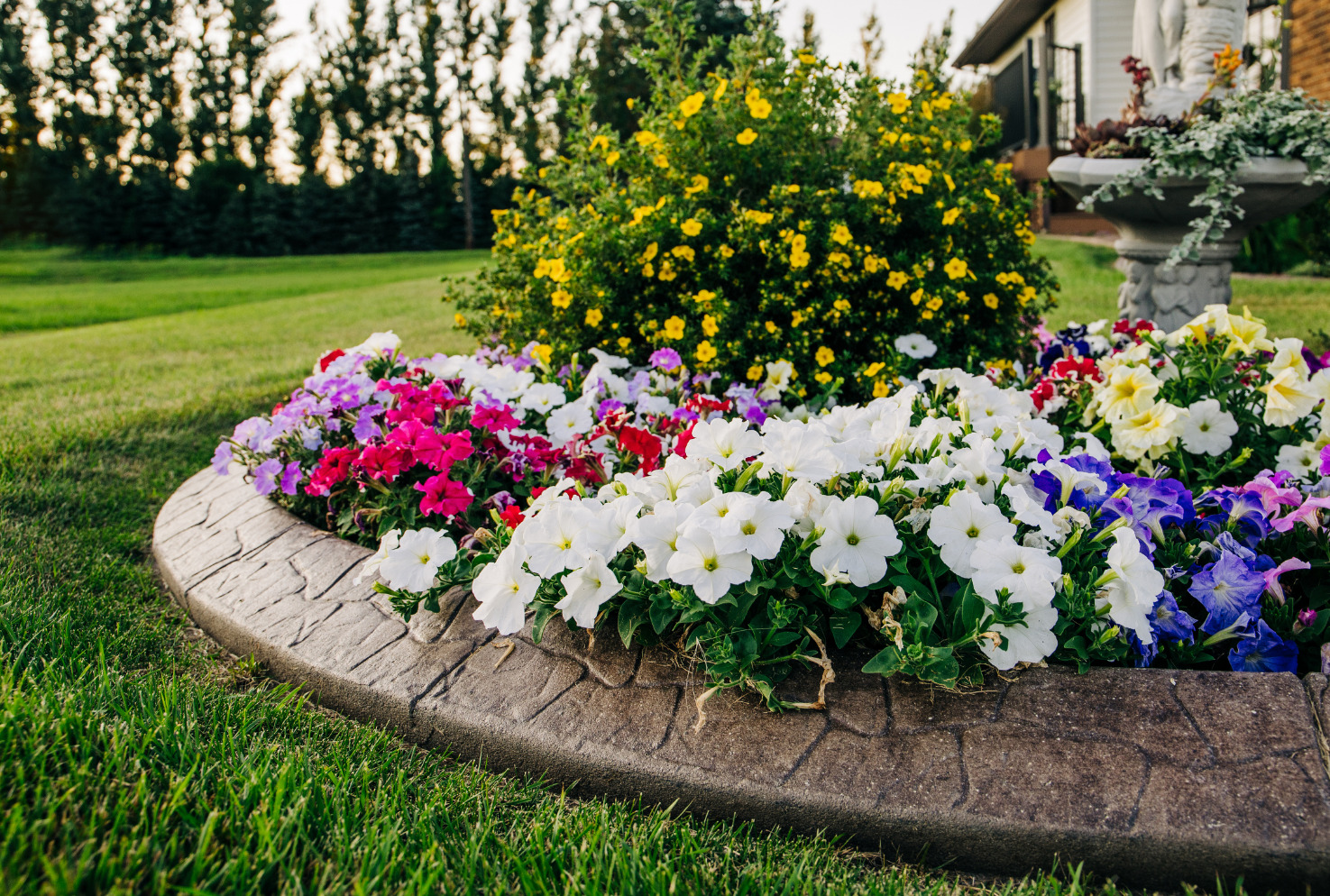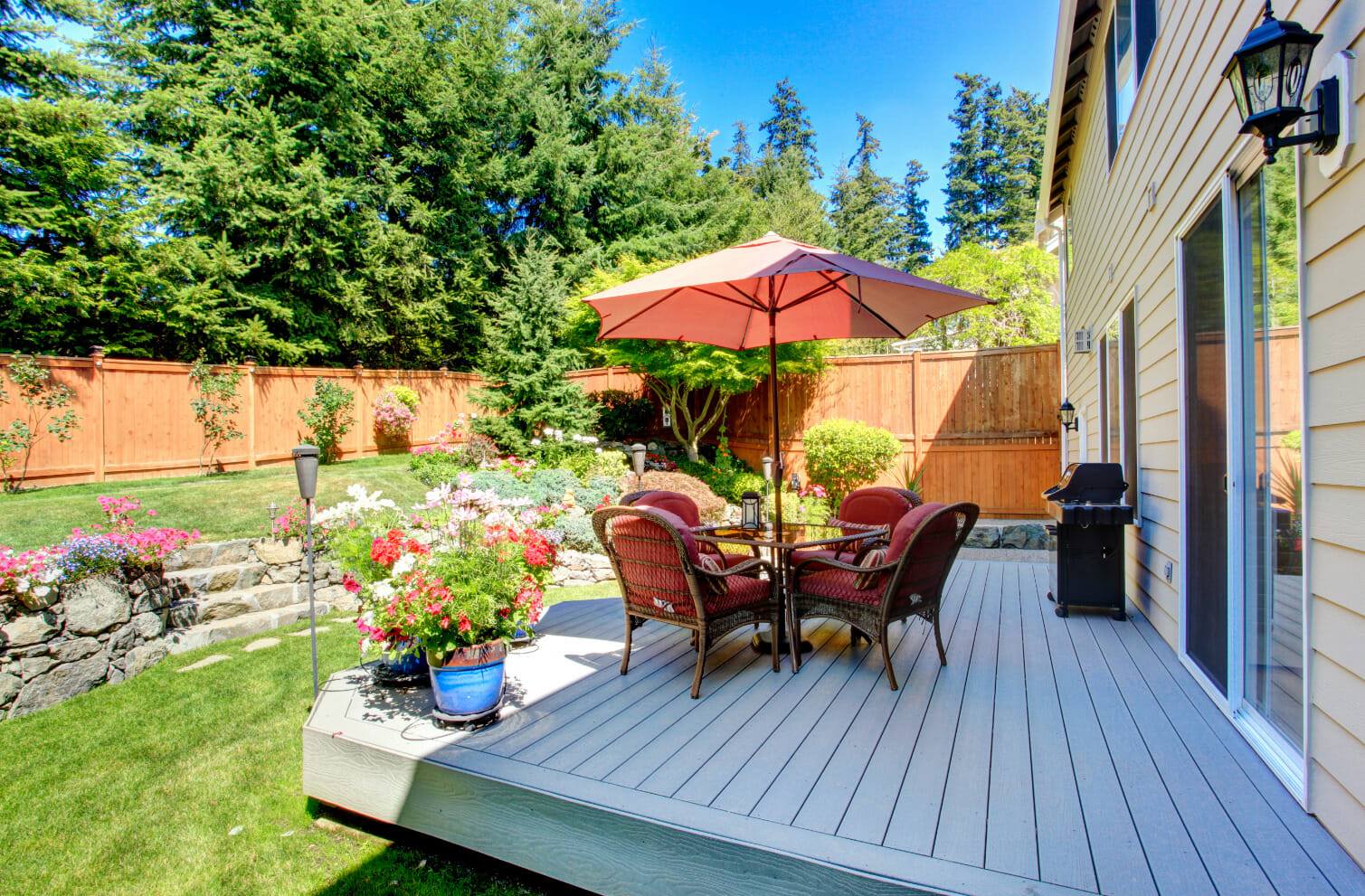
How to Protect Your Hardscaping from Winter Damage
Essential Tips to Safeguard Patios, Driveways, and Retaining Walls This Winter
How to Protect Your Hardscaping from Winter Damage
Winter can be harsh on your hardscaping features, from patios and driveways to retaining walls and outdoor steps. Freezing temperatures, snow accumulation, and the freeze-thaw cycle can cause serious damage, leading to cracks, erosion, and deterioration over time. Luckily, with a little preparation and care, you can protect your hardscaping and extend its lifespan through the colder months. Here’s how:
1. Seal Your Surfaces
One of the most effective ways to protect your hardscaping is to apply a high-quality sealant to surfaces like concrete, pavers, and stone. Sealing these materials helps prevent water from seeping into tiny cracks and pores. When temperatures drop, the water freezes and expands, causing the cracks to widen and the material to break down. By sealing your hardscaping, you create a barrier against moisture, minimizing the risk of damage from the freeze-thaw cycle.
2. Keep Snow and Ice Away from Surfaces
Snow and ice can be particularly damaging to your hardscaping. When you shovel or plow your driveway, patio, or walkways, make sure to avoid using metal shovels or snow blowers that could scratch or chip surfaces. Opt for plastic shovels, which are gentler on your hardscaping. Additionally, avoid using salt to melt snow and ice on concrete, as it can lead to surface deterioration and staining. Instead, use sand or an environmentally friendly ice melt product that is safe for your hardscaping and landscaping.
3. Clear Debris Regularly
Winter debris, such as fallen leaves, branches, and dirt, can accumulate on hardscaping surfaces, trapping moisture and potentially leading to stains or mildew growth. Make it a habit to clear debris from your patios, driveways, and walkways regularly. This ensures that water drains properly and prevents the buildup of organic material that could cause discoloration or damage over time.
4. Check for Drainage Issues
Proper drainage is essential to protect your hardscaping, particularly during winter when melting snow and ice can create puddles that freeze and cause erosion. Inspect your property for any areas where water tends to pool and address them before winter hits. This could include clearing gutters, downspouts, and drains to ensure water flows away from your hardscaping elements.
5. Maintain Retaining Walls and Edging
Retaining walls and garden edging can also suffer during the winter months, especially if they’re constructed from stone or brick. Check for any loose or damaged materials before the first frost and make any necessary repairs. Retaining walls should be checked for signs of shifting, erosion, or cracking, and proper backfilling should be done to prevent moisture from accumulating behind them.
By following these simple steps, you can safeguard your hardscaping investment and ensure that your outdoor spaces remain beautiful and functional year-round. Take the time to prepare your property before the cold sets in, and you’ll enjoy the peace of mind that comes with knowing your hardscaping is protected. Need help with your next project? Contact Exterior Enterprises today!




